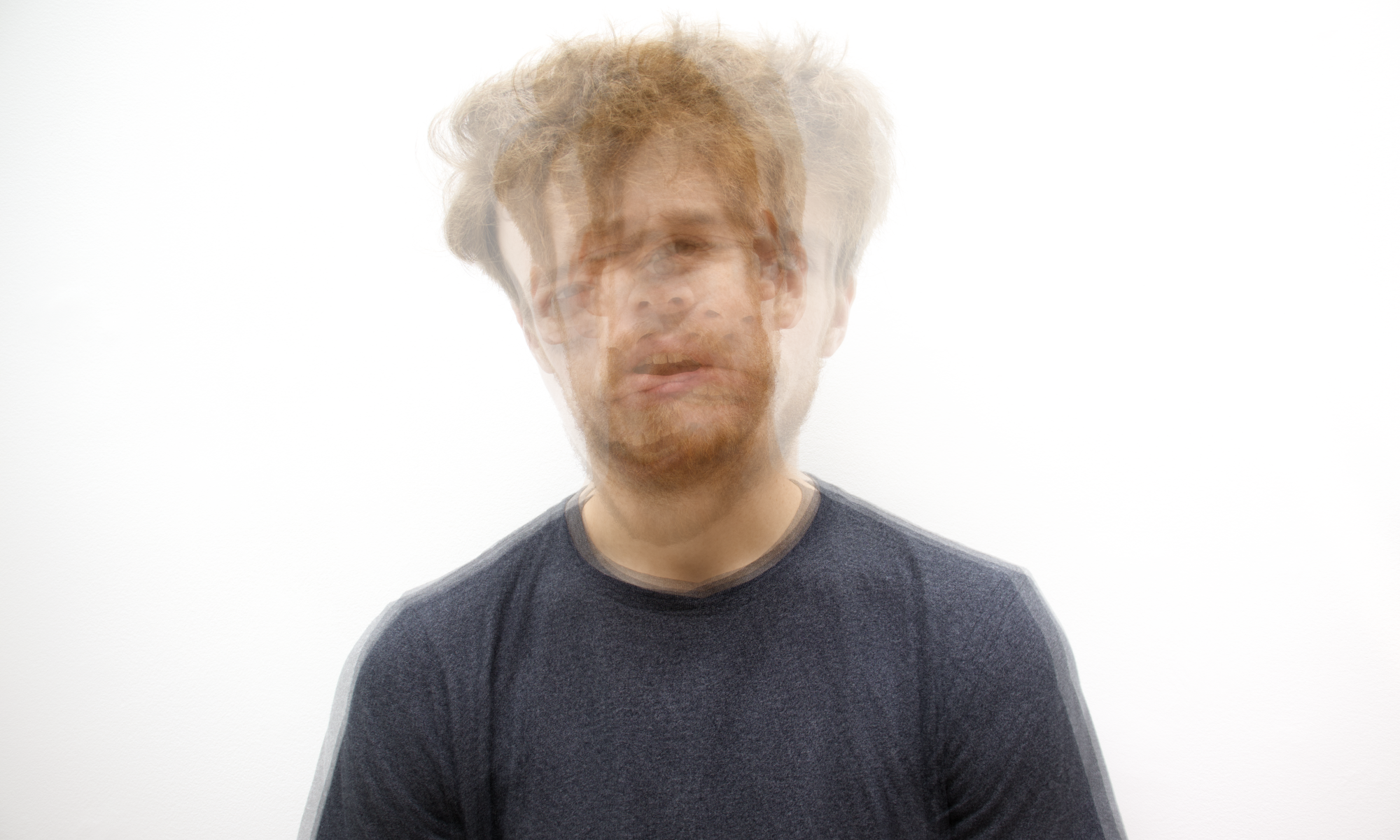Throughout my autoethnographic practice involving my experience with anxiety and suicidal ideation, an aura of sadness has surrounded my work as I seem to only focus on these negative experiences that happen to me. I have begun to question why that is and why I feel so vulnerable to love myself—anxiety and all.
This has led me to ask others what makes them feel vulnerable. By admitting their vulnerabilities, do they become vulnerable? What if I’m a stranger to them? A stranger recording them. Will they trust me with their confessions?
I propose to display video recordings of strangers telling me their greatest vulnerabilities on television screens. However, the footage will have no sound and the screens will be hidden behind white curtains. The white curtains will be translucent enough so that movement can be seen coming from behind them. This will intrigue viewers to pull back the curtains, revealing the vulnerable beings.
Will peeling back the curtains put the viewers in a place of vulnerability? The white curtains within the white gallery space will be uninviting, especially within a setting where one would normally not touch the work. There will be a sense of uncertainty, as one approaches a curtain to pull it back.
The sound will be taken away from each clip and mixed together to create a diverse audio recording. The recording will be looped as a collective and played from hidden speakers above the space. This will allow the viewers to receive all of the information in an indirect way, so they are unable to piece together which words are coming from which body.
The televisions will be placed on the walls and floors at the same level throughout the space. Half of the screens will be placed on plinths, while the other half is hung on the walls. The organization will give a sense of order, mimicking one’s more confident exterior which typically hides their vulnerabilities.
The television screens will have white wooden frames and boxes covering their outer black frames, to give the appearance of windows. I want to avoid the question of ‘technology in society’ and the presence of televisions may ask that. The white frames and boxes will assist in keeping the space clinical.
Throughout this study I am wondering if there is power in being vulnerable. I am hoping that through the courage of others—as they trust me with their vulnerable selves—that I can face my own apprehension of loving myself completely.

